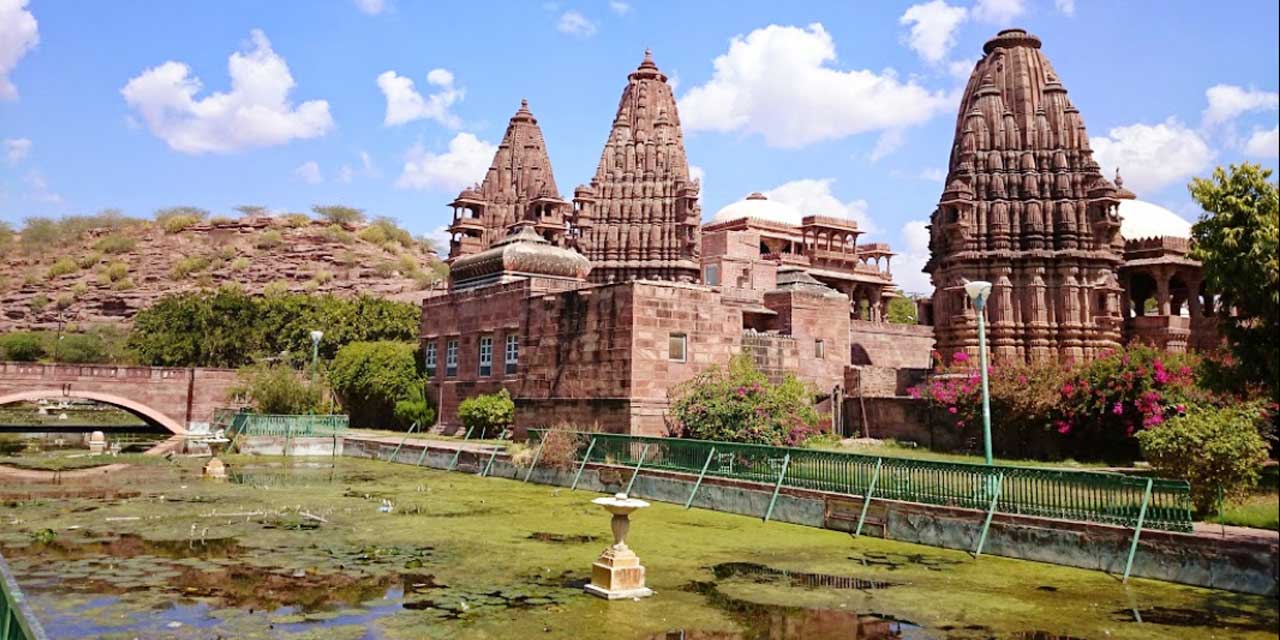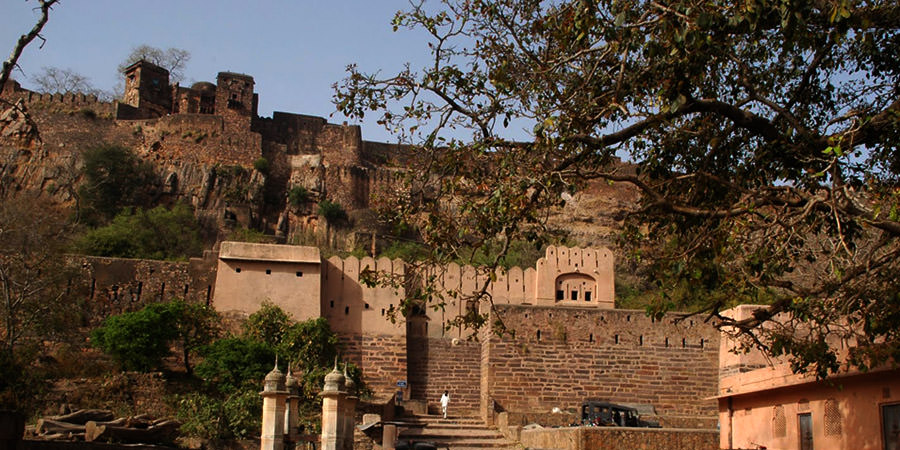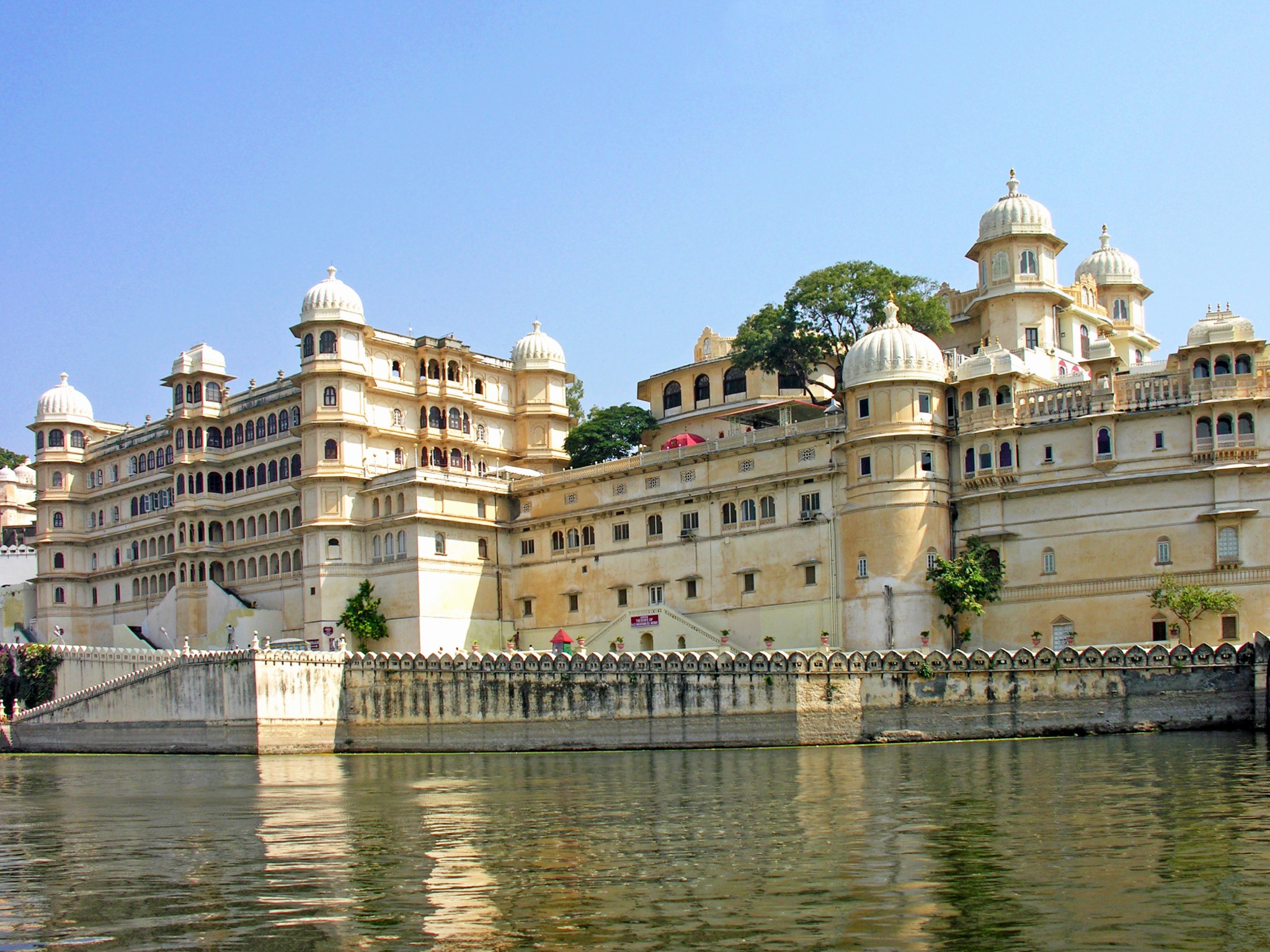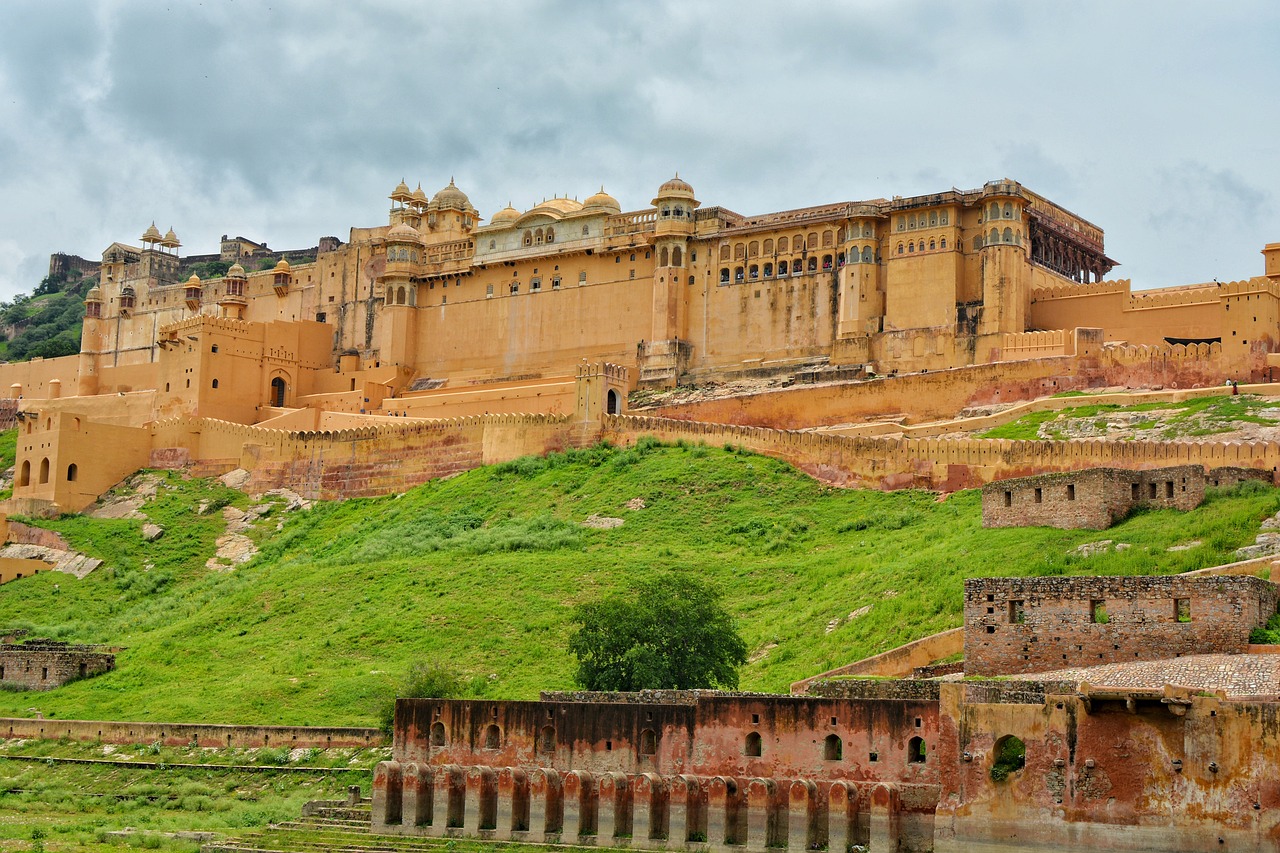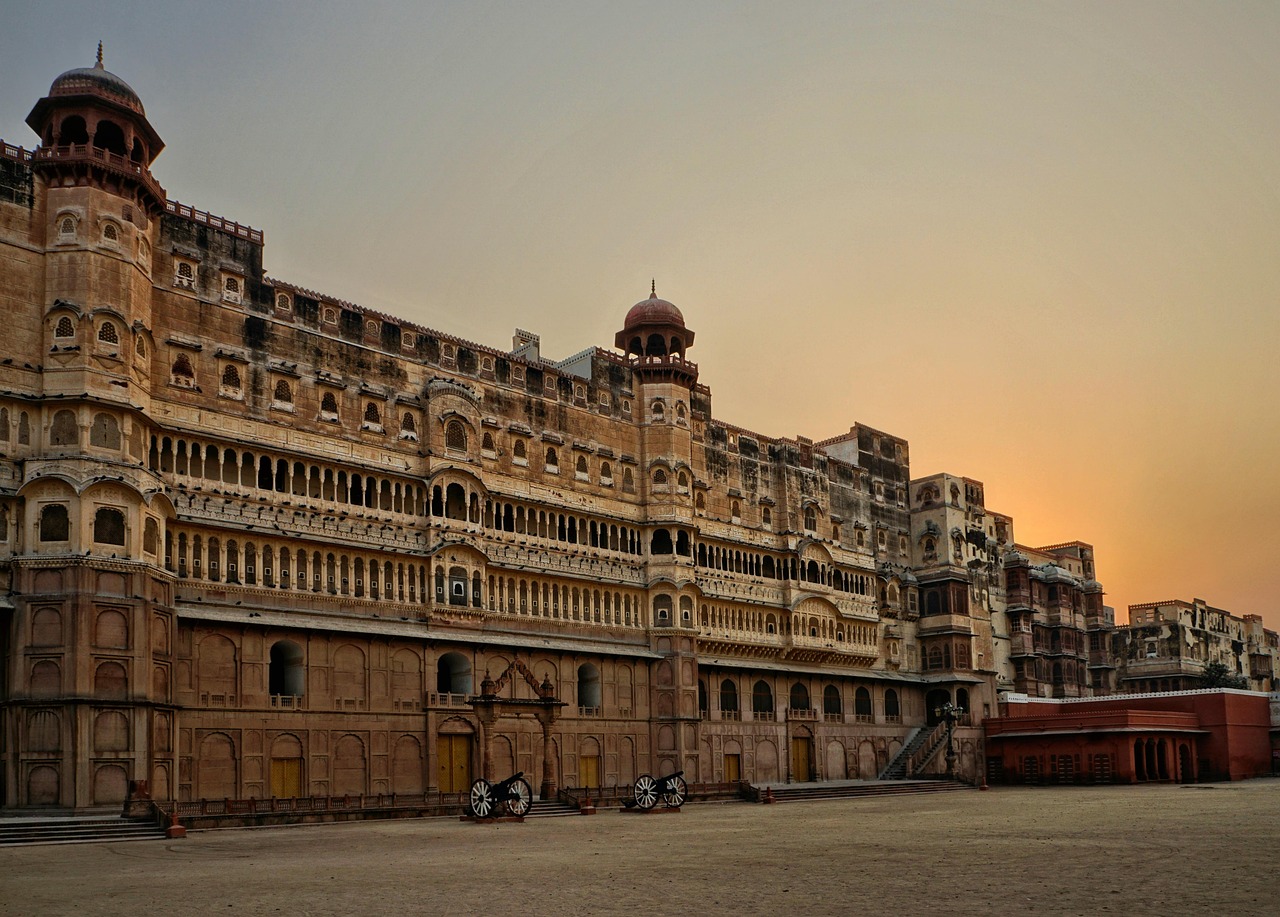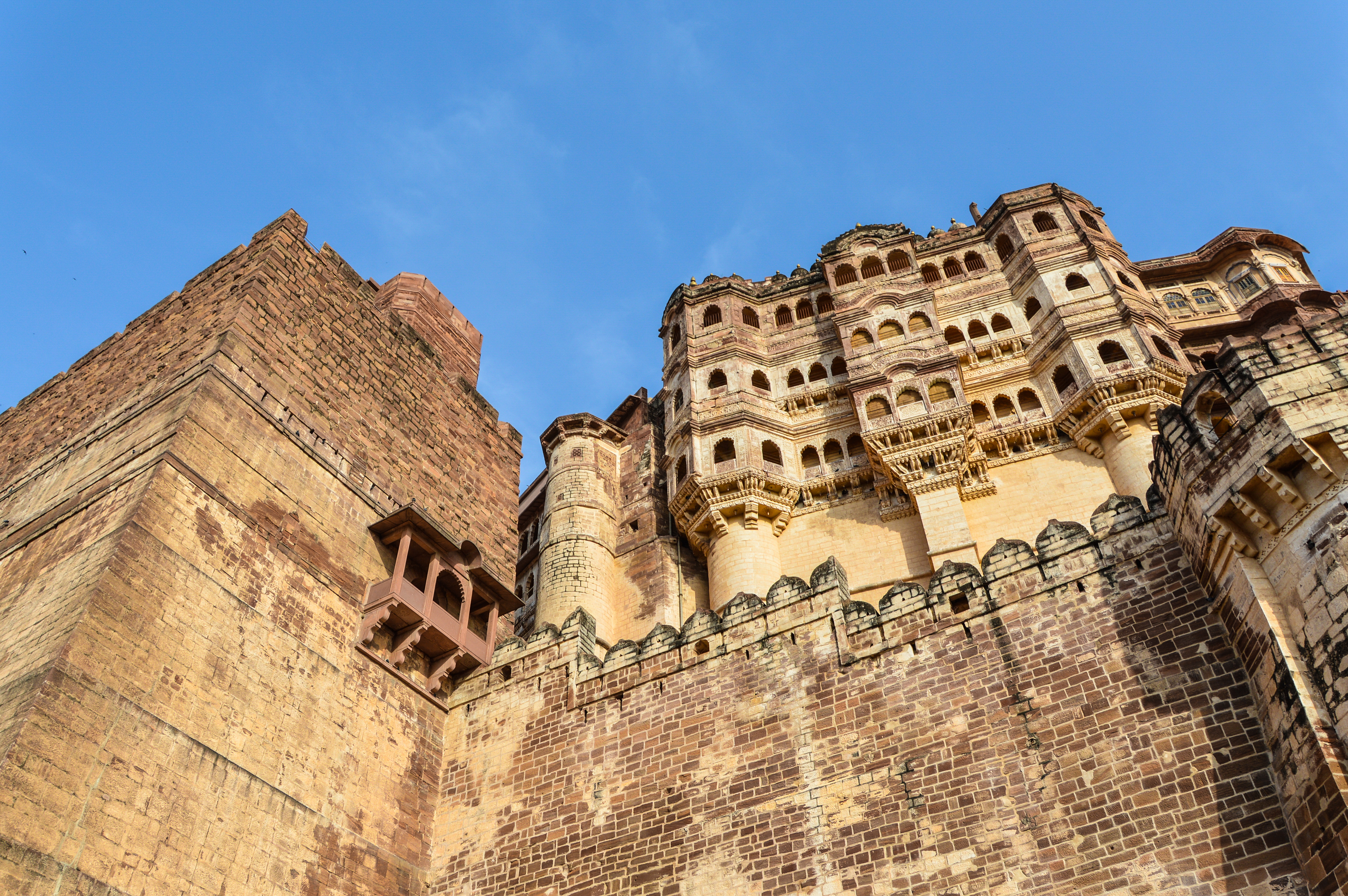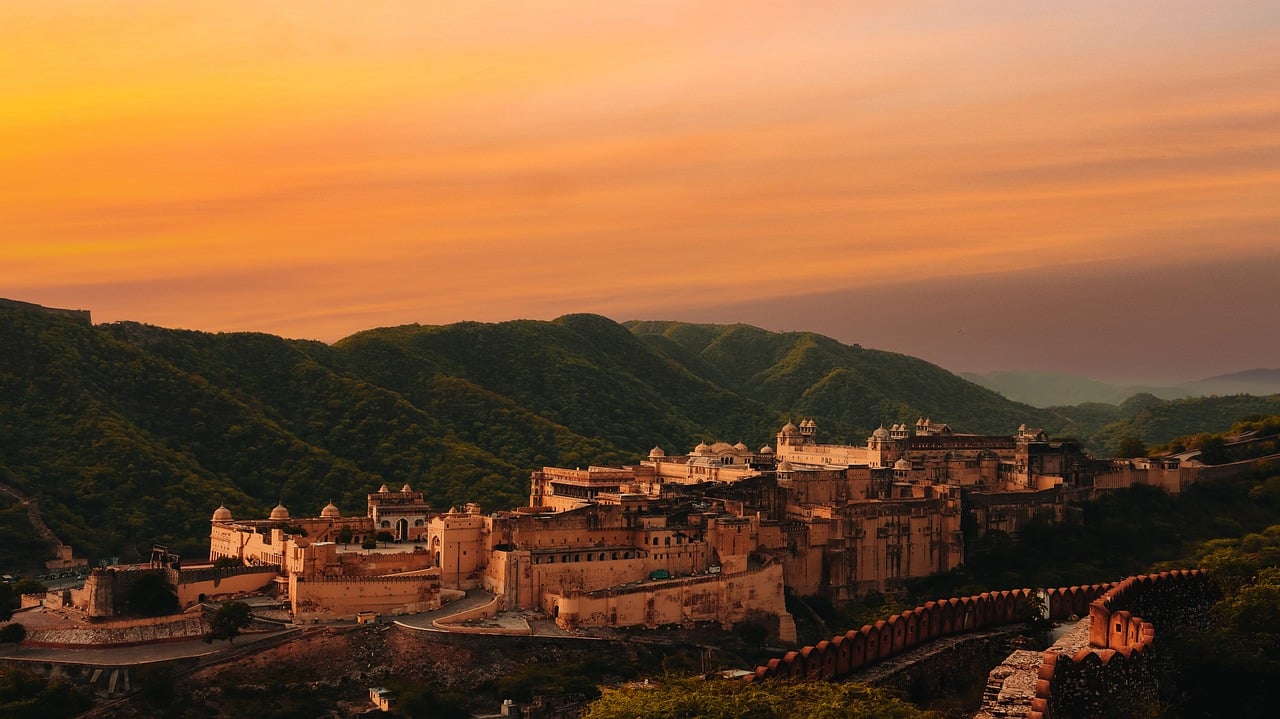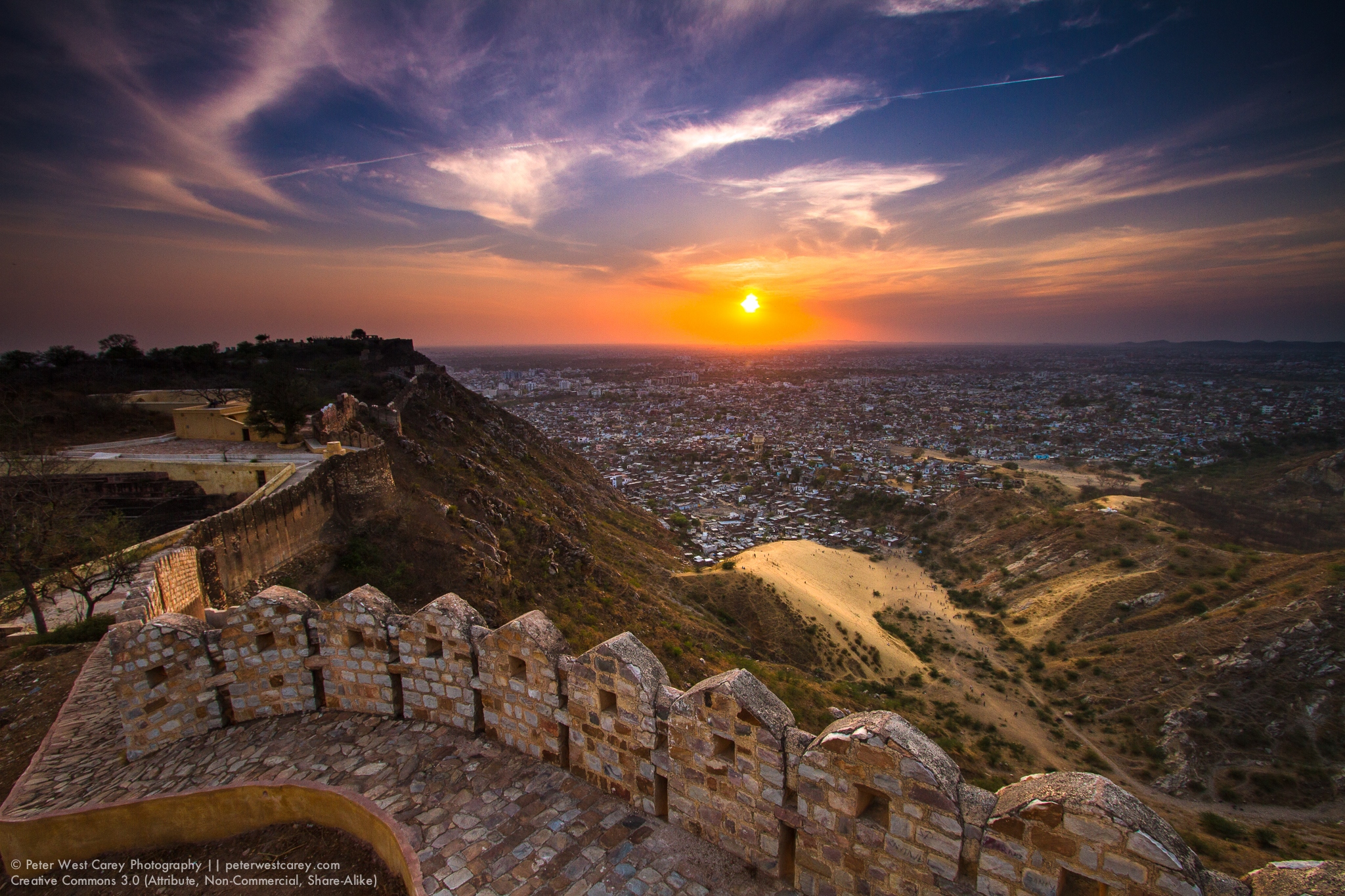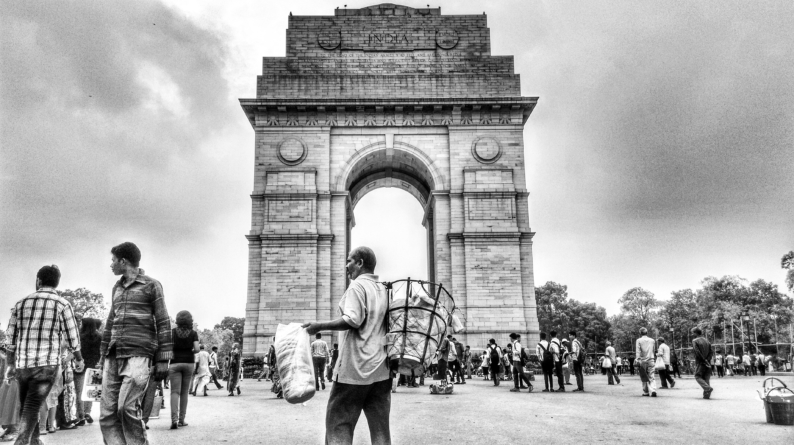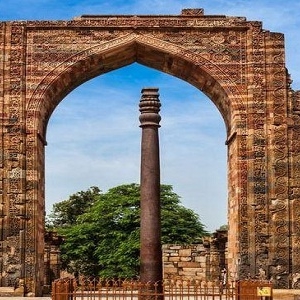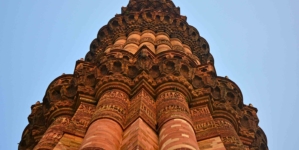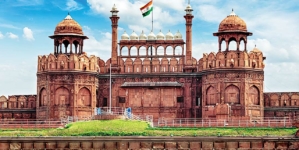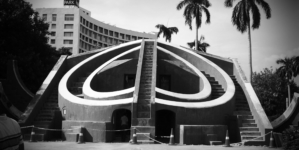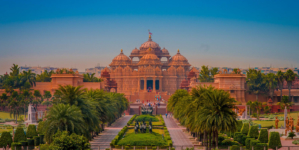India Gate : The biggest war memorials of India
Located at the center of New Delhi the capital state of India, India gate a magnificent beauty worth viewing with a glimpse of patriotism. Built by Edwin Lutyens In the year 1921. A notable landmark in New Delhi honors the associates of the former British Indian Army who give up their lives struggling for the Indian Kingdom in the Afghan Wars and World War. After the independence of India, the India Gate established into the spot of “Amar Jawan Jyoti” the tomb of the Unknown Soldier Indian Army who sacrificed lives for the nation. Distinguished amid the considerable war memorials in India.
The Memorial of the Amar Jawan Jyoti burning since 1971. It signifies the flame of the eternal soldier that symbols the Tomb of the Unknown Soldier. With a rifle placed on its barrel, the memorial is constructed of Black Marble. The rifle is crested by a soldier’s helmet. The words- “Amar Jawan” (Immortal Warrior) carved in gold on each face of the monument which is to be found on the structure. The monument comprises four torches on its every four corners, these torches are kept alive always.

This memorial of the India Gate in Delhi publicized on January 26, 1972, by the Prime Minister of India during the time of Indira Gandhi. Ever since then, a routine for the Prime Minister and the President to give honor through State ceremonials. An eminent historical monument. located in the heart of Delhi. India Gate is a major tourist attraction and one of the best-famed picnic places in Delhi. The India gate lightened every evening with colorful lights. Enclosed by lush green grasses and ponds built at one end of Rajpath.
The War Memorial “The India Gate” one of the greatest monuments of war in India. On 10th February 1921, the foundation laid by “Duke of Connaught”. It took almost 10 years to complete the construction of India Gate.
Contents
Overview
In the middle of New Delhi, India Gate stands at the height of 42 m, an “Arc-de-Triomphe” like a doorway in the center of a crossroad. Alike to its French counterpart, it honors 70,000 Indian soldiers who sacrificed their lives fighting for the British Army in the course of the World War I. More than 13,516 British and Indian soldiers killed in the North-western Frontier in the Afghan war of 1919 the commemorative inscribed names of all. The memorial devoted to the country after 10 years by the Viceroy, Lord Irwin. Additional commemorative, Amar Jawan Jyoti built after India got its independence. The everlasting flame ignites day and night under the arch remembering country soldiers who gave their lives in the Indo-Pakistan War.

The complete arch positions on a near to the ground base of red Bharatpur stone and advances in platforms to a huge molding. The molding engraved with the Majestic sun although from both sides of the arch INDIA written, bordered by the dates. The low rounded bowl at the top planned to be filled with burning oil on celebrated occasions but now rarely done. During sunset, India Gate vividly well lit while the cascades nearby make an exquisite presentation with colored lights. Adjoining the magnificent structure is a large area of lush green gardens with massive trees and flowers.
“Sir Edwin Lutyens”
Unveiled in 1931, designed by “Sir Edwin Lutyens”. The chief architect of Delhi in those times. Therefore The India Gate design inspired by “Arc de Triomphe” of Paris.

Design
India Gate 42-meter tall and it stands on a low base of red Bharatpur stone and rises in stages to a huge molding. Its diameter is about 625 meters, covers approximately 306,000m² in the area. India Gate design is Free from religious and culturally specific iconography (like Cross, Moon, Om etc.) It took approximately 10 years for India gate to finish its construction and made of sandstone and Granite.
A few British figurines in front of the India gate before the independence. But after independence, they transferred to a park named Coronation Park. India Gate a commemorative to around 82,000 soldiers of the undivided Indian Army. The walls inscribed with the names of the Indian soldiers who died in wars. India Gate also the site of the Republic Day parade, held on 26th January every year.
India Gate lightened using Indian Flag Colours
The structure of the India Gate engraved with the magnificent sun on both sides of the arch INDIA. Below the word INDIA, in capital letters, written:
TO THE DEAD OF THE INDIAN ARMIES WHO FELL AND ARE HONOURED IN FRANCE AND FLANDERS MESOPOTAMIA AND PERSIA EAST AFRICA GALLIPOLI AND ELSEWHERE IN THE NEAR AND THE FAR-EAST AND IN SACRED MEMORY ALSO OF THOSE WHOSE NAMES ARE HERE RECORDED AND WHO FELL IN INDIA OR THE NORTH-WEST FRONTIER AND DURING THE THIRD AFGHAN WAR
Amar Jawan Jyoti
Located beside The India Gate. On 26th January 1972, Prime Minister, Mrs. Indira Gandhi ignited the flame. Hence, Amar Jawan Jyoti flame burns day and night, to remind Indian soldiers who died in the Indo-Pakistan War of December 1971. A customary for the President and the Prime Minister and visiting Guests of State, to pay homage at “Amar Jawan Jyoti”, on occasions of State ceremonies.

Famous places Near the India Gate
- Rashtrapati Bhavan
- Jantar Mantar
- Gurdwara Bangla Sahib
- Humayun Tomb
- Agrasen ki Baoli
How to reach
To reach India Gate, there are direct buses that drop nearby to the India Gate from different cities of Delhi. Located near Rajpath, New Delhi and the nearest metro station are Pragati Maidan and Kendriya Terminal. New Delhi Railway Station the nearby railway station. The nearest International Airport Indira Gandhi International Airport.
Best Time to Visit
The memorial open to visitors all over the year and every day. No entry charge or photography charge for the memorial.
7.00 pm -10.00 pm


